1. A Giant Hidden in Plain Sight
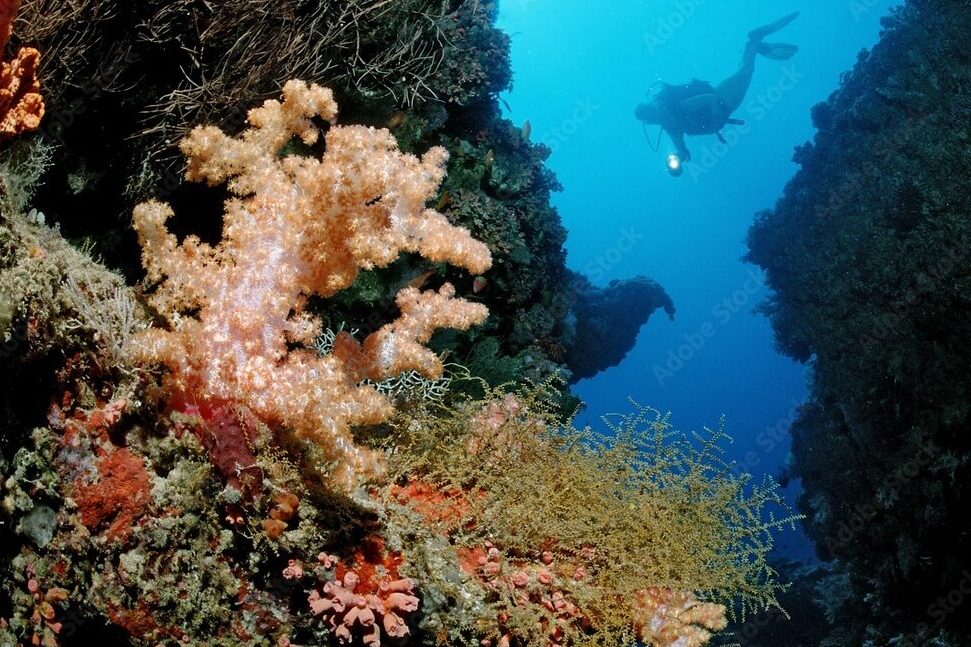
National Geographic’s Pristine Seas team discovered something extraordinary near the Solomon Islands. At first, divers thought they were staring at a massive rock or even an old shipwreck. Only upon closer inspection did they realize it was alive, a coral colony so vast that it had gone unnoticed for centuries. The world’s largest coral was suddenly before them, a living marvel hidden in plain sight. This stunning discovery reminds us that even in today’s world of advanced technology, nature still keeps secrets, waiting for the right moment to reveal its breathtaking wonders to those who take time to look.
2. Bigger Than a Blue Whale
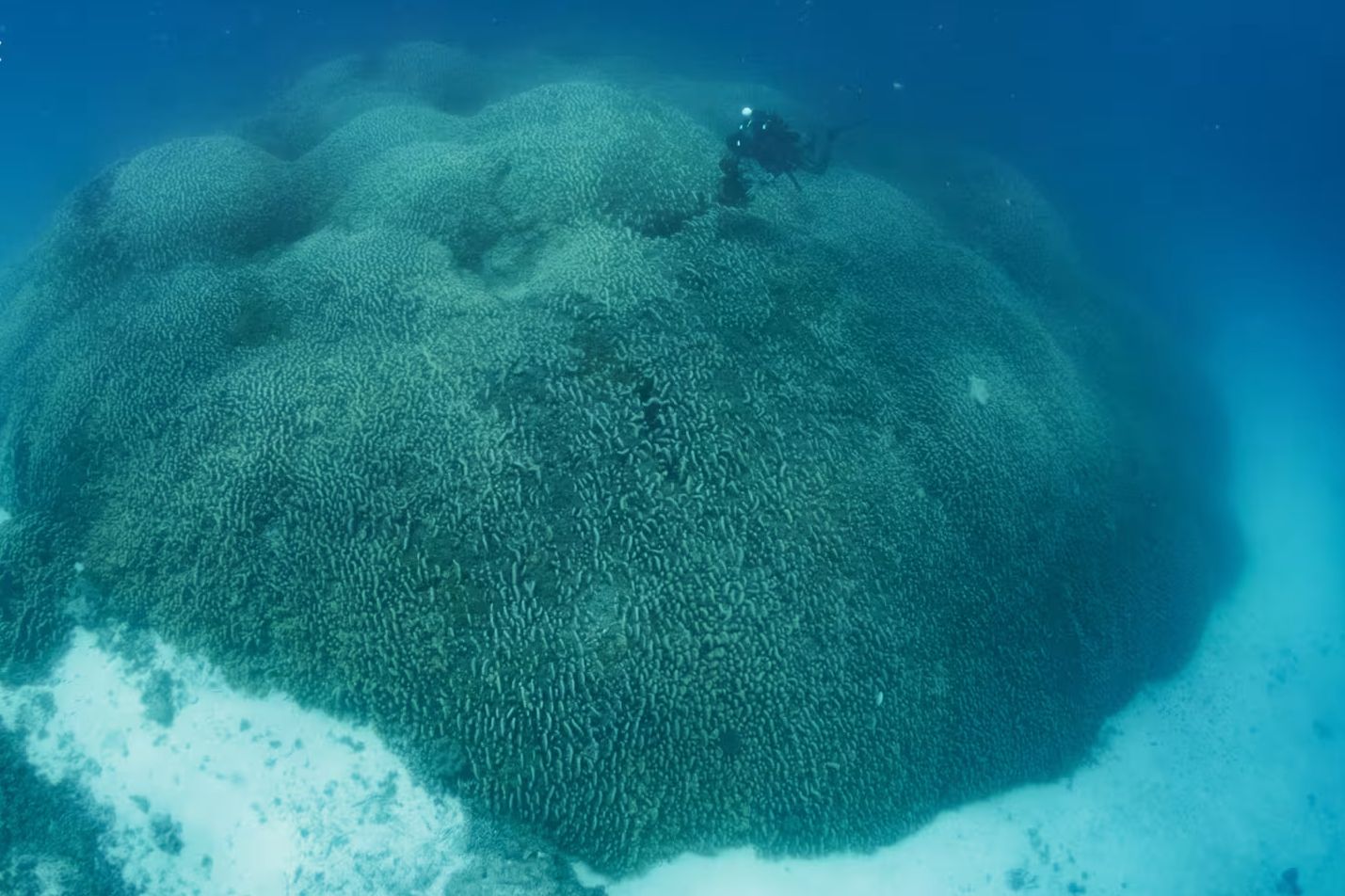
When measured, the coral’s size left researchers speechless. Stretching 34 meters across and 32 meters long, and standing about six meters tall, it is bigger than the average blue whale, which is considered the largest animal on Earth. This comparison helps us grasp the coral’s unimaginable scale, because most of us picture corals as delicate clusters or reefs, not towering giants. To think of something so quietly growing beneath the ocean, surpassing even the length of the sea’s most iconic creature, makes the discovery even more extraordinary and humbling for anyone who hears about its massive presence.
3. Visible from Space
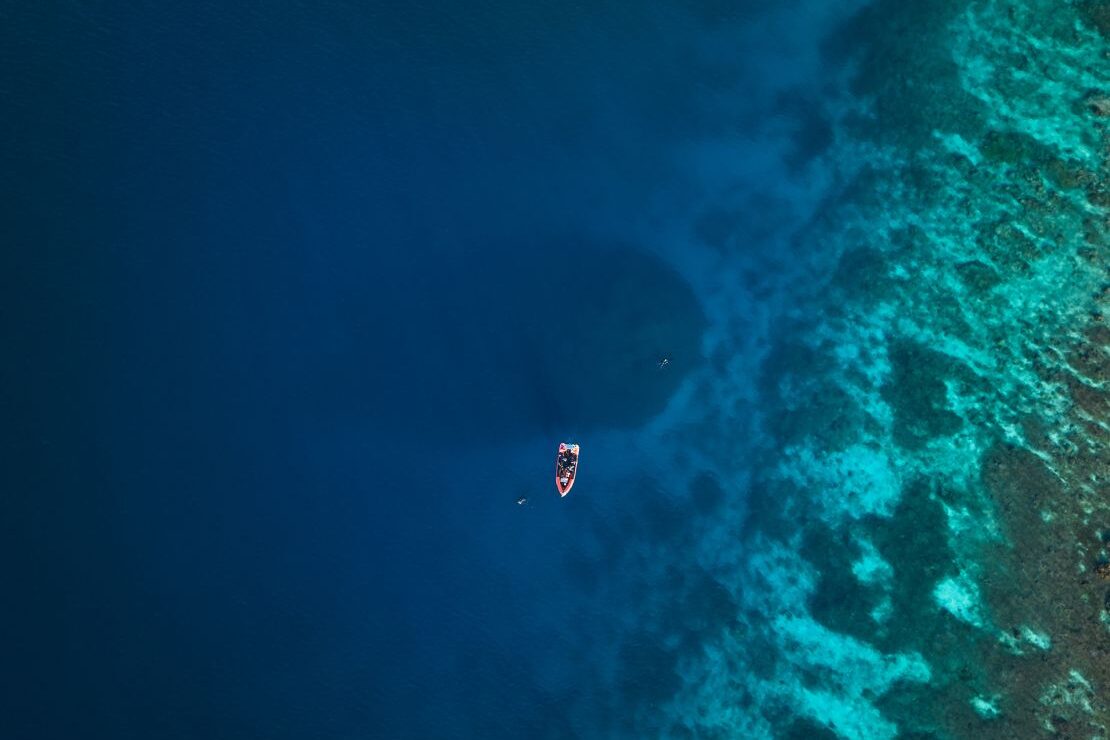
What makes this coral even more astonishing is that it is visible from space. Its sheer size and light coloring stand out on satellite imagery, making it one of the rare living marine structures that astronauts could spot from orbit. To imagine coral, something built by tiny polyps, showing up on photographs from space speaks volumes about its scale. It is a gentle reminder of how small actions, multiplied over time, can create something magnificent. The coral silently connects the depths of the sea with the heights of space, a breathtaking link between two seemingly separate worlds.
4. Centuries of Growth
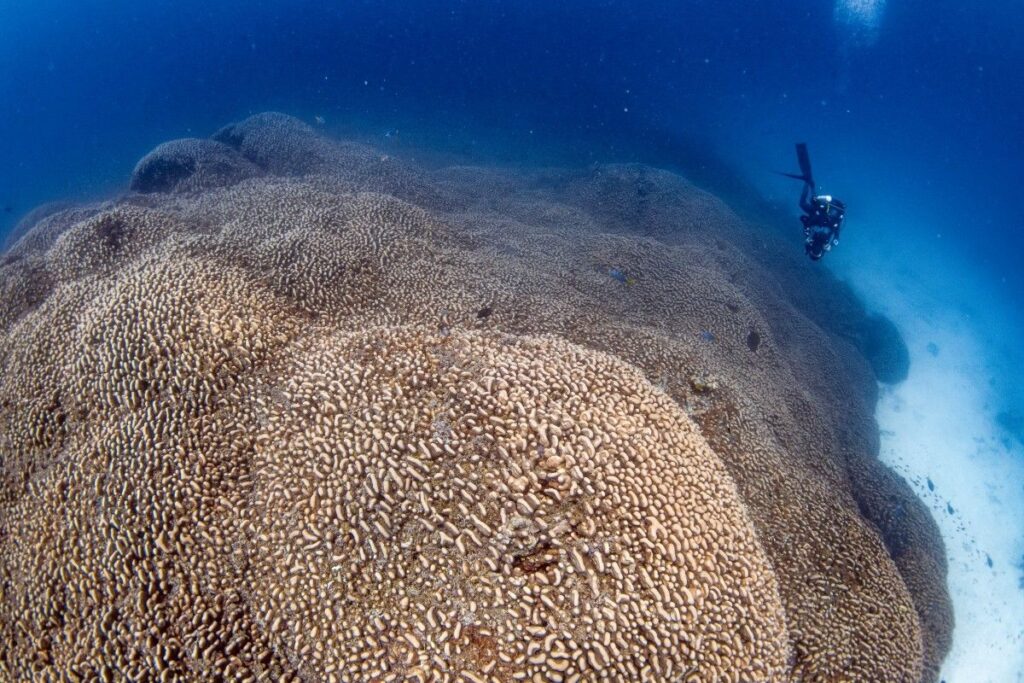
Scientists estimate the coral is between 300 and 500 years old. That means it began its journey long before the modern era, growing slowly and steadily as the world changed above the waves. It has survived countless storms, warming events, and natural shifts, becoming a living timeline of endurance. Each ridge and surface holds a silent record of resilience that few creatures can match. Standing before something that has lived for centuries makes us reflect on time differently. It shows that nature builds with patience, creating wonders that only reveal themselves after generations of persistent growth.
5. Built by a Billion Tiny Lives
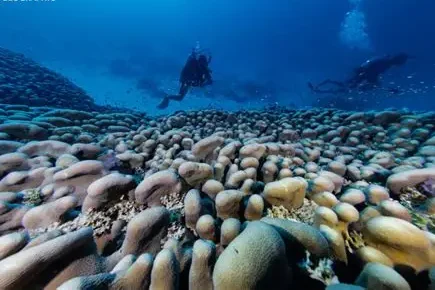
Though it looks like one solid giant, the coral is actually made of nearly one billion tiny polyps, all genetically identical. Each one contributes to the whole, working together in perfect harmony. This quiet cooperation forms a structure larger than many buildings, proving that small things can create greatness when united. It is like watching a community thrive by collaboration, each tiny life giving something to sustain the whole. The coral teaches us about unity, that strength does not always come from being the biggest alone, but from countless small parts working together as one.
6. Named Pavona clavus
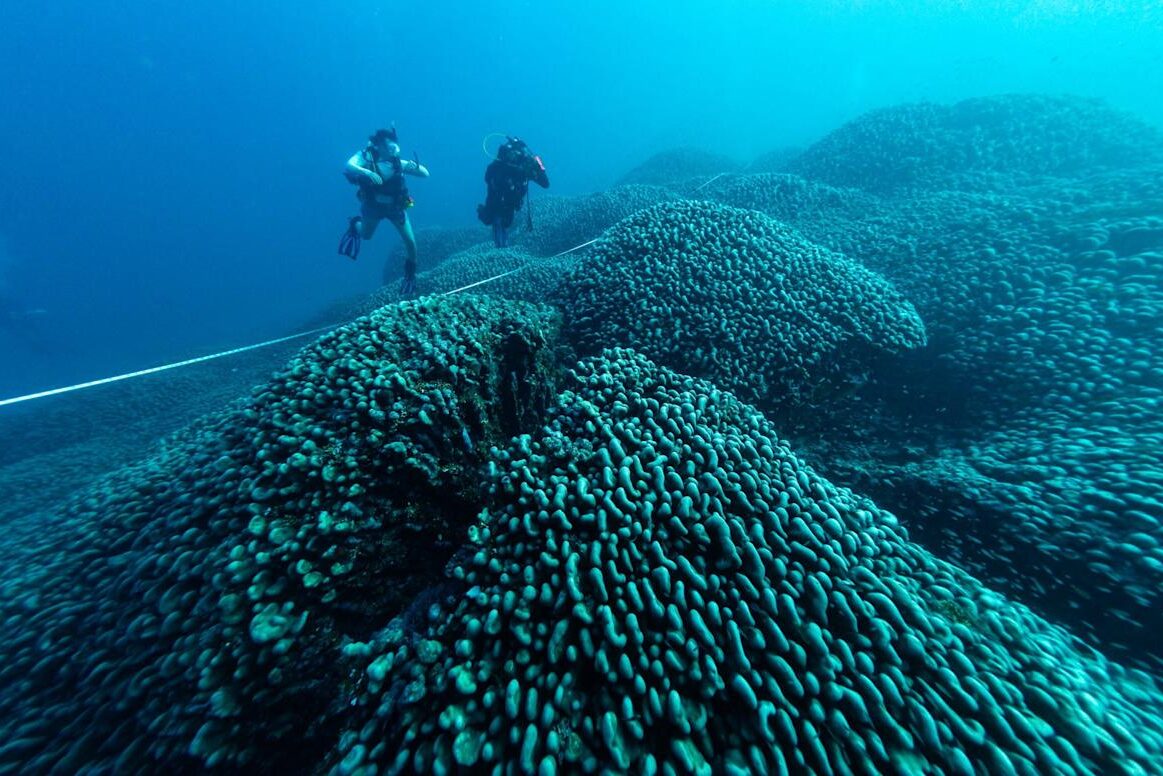
This colossal coral belongs to the species Pavona clavus, known for its broad vertical ridges that look almost sculpted. While this type of coral is familiar to marine researchers, no one had seen it reach such unbelievable scale before. Seeing Pavona clavus in such grandeur redefines what we thought was possible for coral growth. Its patterned ridges give it the look of a cathedral beneath the waves, created not by human hands but by time and life itself. This simple name now carries a story of wonder, forever tied to the Solomon Islands discovery.
7. A Serendipitous Discovery
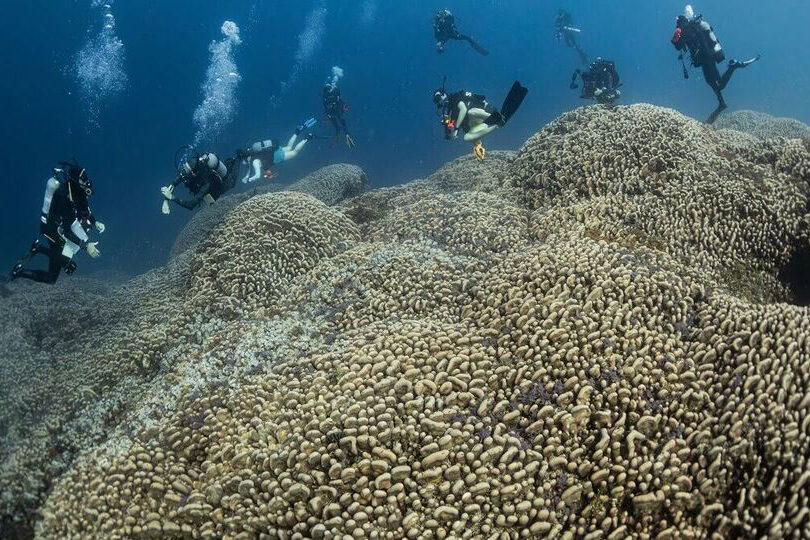
The coral was discovered completely by chance. On the last night of the expedition, before the team planned to move on, they decided to dive once more. That final decision changed everything. Instead of closing the mission uneventfully, they stumbled upon the coral giant resting quietly beneath the sea. It was a reminder that nature rewards persistence and curiosity, often when we least expect it. The unexpected find gives exploration a magical quality, showing us that some of the greatest discoveries in life are not scheduled but stumbled upon when our eyes are open to wonder.
8. Supports a Miniature Ecosystem
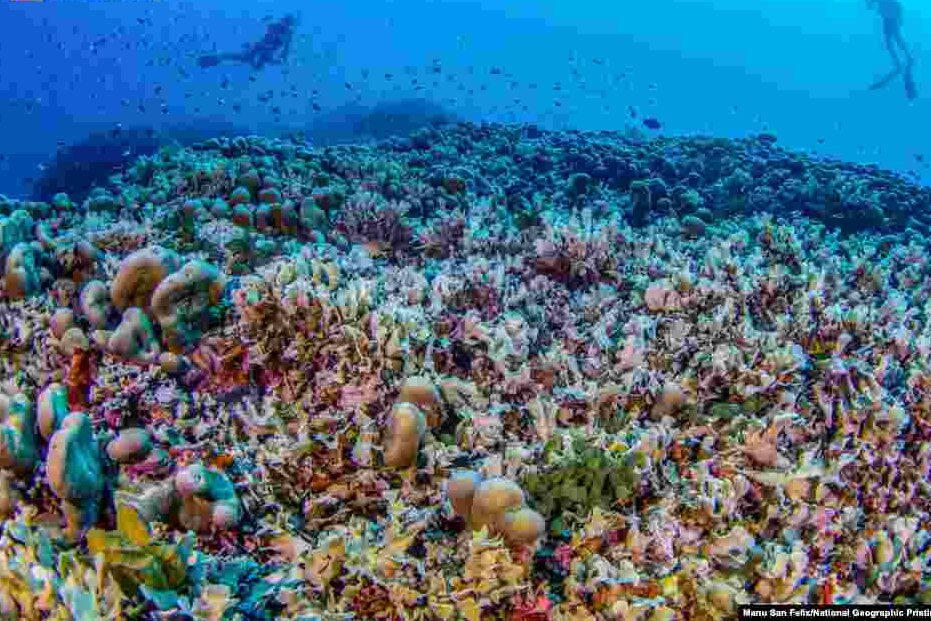
This massive coral is more than just a structure. It is alive with bustling marine life, home to fish, crabs, shrimp, and countless other creatures. Its crevices provide shelter from predators and its surface offers food and refuge. In many ways, the coral acts like a city in the ocean, sustaining a miniature ecosystem that depends on its presence. This interconnection shows us how important single structures can be for countless lives. Just like a tree in a forest, the coral supports more than itself, becoming a vital home for others to thrive and survive.
9. Compared to Ice Cream and Cathedrals
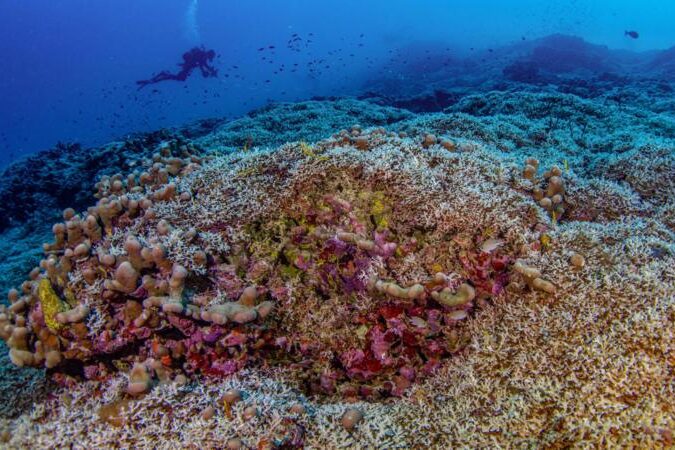
When people tried to describe its appearance, metaphors poured out. Some said it looked like melting ice cream spilling across the seafloor, while others compared it to a grand cathedral. Both images capture its unusual and striking presence. Its folds, ridges, and scale make it unlike the neat coral clusters we usually imagine. Instead, it feels both whimsical and majestic, a natural sculpture created over centuries. These comparisons reveal how hard it is to put its sight into words, proving that sometimes nature creates forms so striking they blur the line between imagination and reality.
10. A Beacon of Hope for Coral Conservation
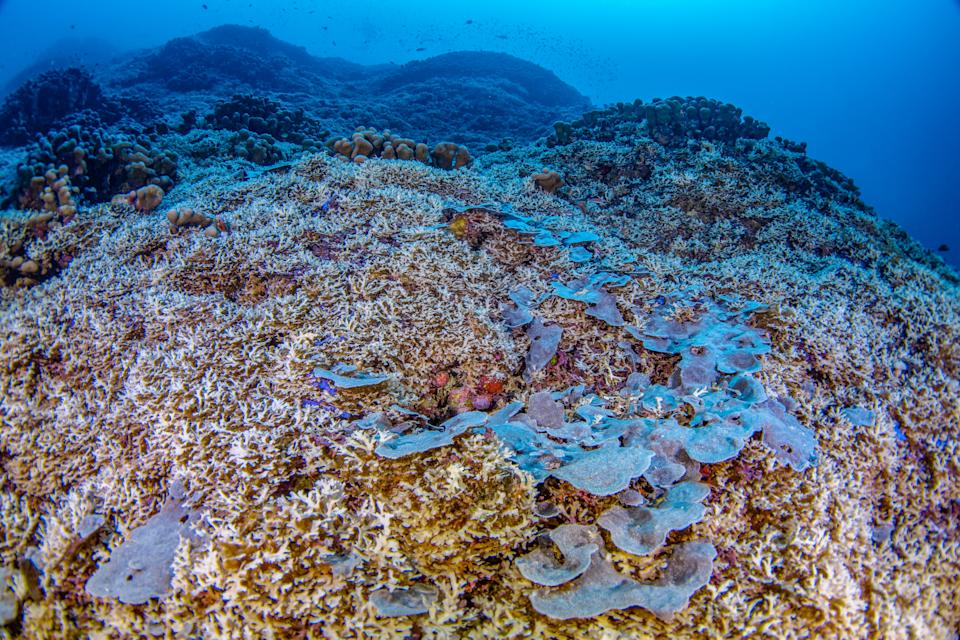
In a time when coral reefs are under constant threat, this thriving giant brings hope. While bleaching and destruction are sadly common, this coral shows resilience is still possible. It stands as proof that coral can survive and even flourish when conditions are right. For conservationists, it is more than a discovery. It is a symbol of what could still be saved if efforts are made to protect marine ecosystems. Its thriving form sends a clear message that the fight for coral conservation is not lost and that there is hope for the future.
11. Remote Cool Waters Worked in Its Favor
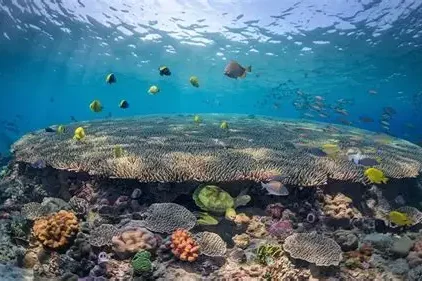
One reason this coral has survived so long may be its location. Resting in deeper, cooler waters, it was naturally shielded from the harsher warming events that devastate shallower reefs. This environment created a quiet refuge where it could grow undisturbed for centuries. Its survival story highlights the importance of marine diversity and the different habitats that exist below the surface. Sometimes protection comes not from human effort but from nature itself, offering the right conditions at the right time. The coral’s fortunate location became one of the secrets to its astonishing endurance.
12. A Scientific Time Capsule
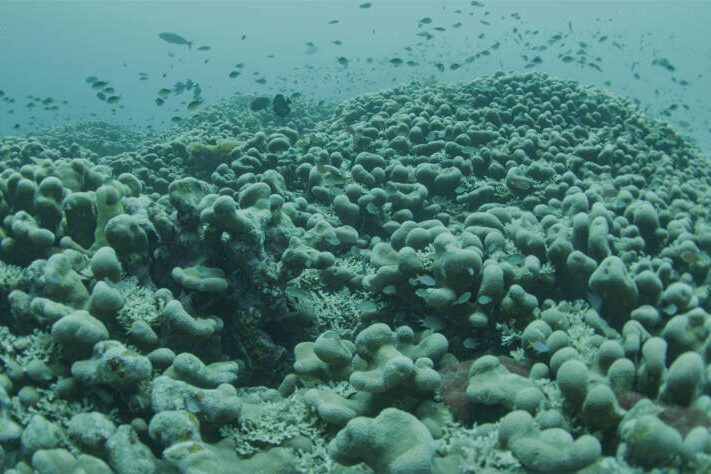
Because the coral has been around for centuries, scientists believe its structure holds a record of changing ocean conditions. The calcium layers within its skeleton likely preserve evidence of past temperatures, chemistry shifts, and even signs of old disease outbreaks. In this way, the coral acts as a natural time capsule, quietly storing data across hundreds of years. Studying it could provide clues about how oceans have changed and what challenges marine ecosystems faced in the past. This giant is not only a marvel of life but also a living archive of history beneath the sea.
13. Reinforces the Coral Triangle’s Value
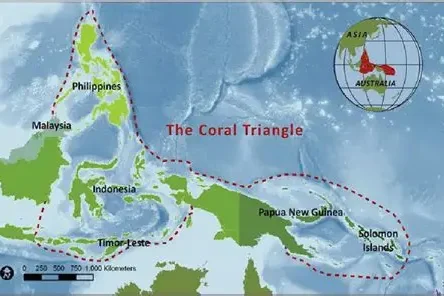
This coral was found within the Coral Triangle, a region celebrated for its biodiversity and often called the Amazon of the sea. Its presence reinforces just how vital this area is for marine life. The Coral Triangle has been known to host wonders, but finding the world’s largest coral adds even more weight to its importance. Protecting this region is about more than conservation. It is about ensuring that remarkable discoveries like this are not lost before they are even found. The coral’s existence proves that the Coral Triangle is a treasure chest of marine marvels.
14. Local Community Connection
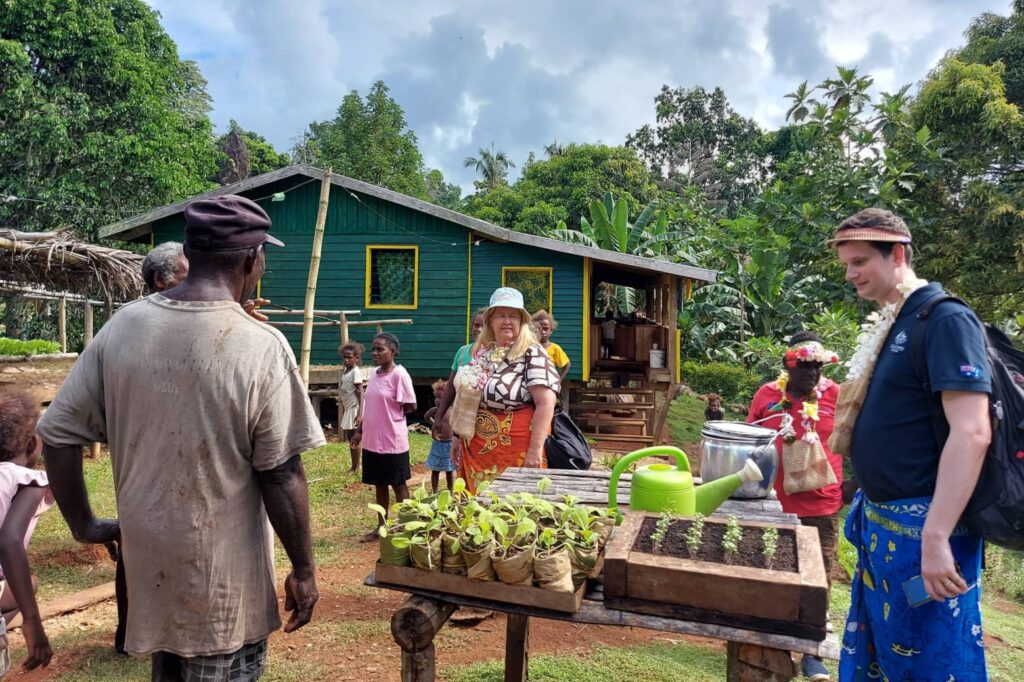
For the local communities in the Solomon Islands, this coral is more than a scientific wonder. It connects deeply with culture, tradition, and livelihood. The health of marine environments is tied directly to their way of life, and discoveries like this reinforce the importance of protecting what sustains them. For locals, the coral is not just a spectacle. It is part of their story, their history, and their future. It is a reminder that scientific wonders are also cultural treasures, woven into the lives of people who live closest to the sea.
15. A Call to Strengthen Protections

The coral’s discovery is also a call to action. Even remote ecosystems like this are not immune to threats from climate change, overfishing, and pollution. Its existence is both a marvel and a warning, reminding us that protection is urgent. If such a giant can exist quietly for centuries, it deserves the chance to continue. Safeguarding areas like the Solomon Islands ensures that hidden treasures are not lost. The coral stands as a rallying cry for stronger marine protections, encouraging us to act before such breathtaking wonders disappear forever from our oceans.
16. A Monument of Nature’s Marvel
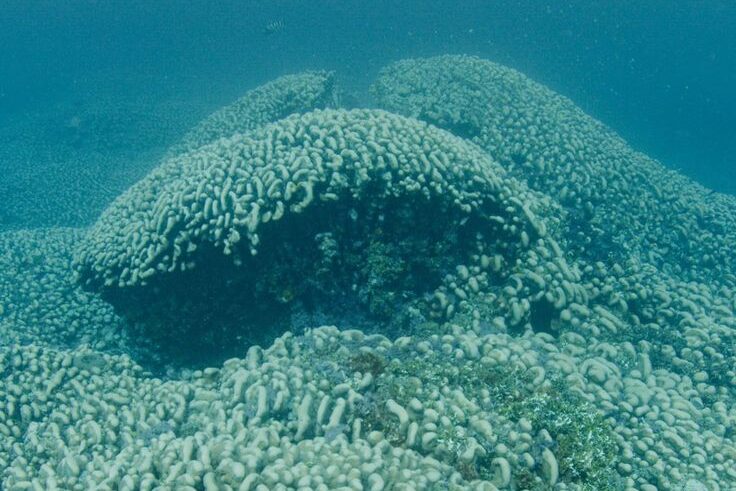
In the end, this coral stands as a living monument to nature’s power and persistence. Over 300 years old, visible from space, and larger than a whale, it reminds us that the Earth still holds extraordinary secrets. Its discovery quietly closes the circle, showing us that wonder is never truly gone, just waiting beneath the surface. The coral is not only a scientific breakthrough but also a gentle reminder that beauty can endure when given the chance. Protecting it ensures that future generations too can stand in awe of such breathtaking marvels of life.
This story 16 Stunning Facts About the World’s Largest Coral in the Solomon Islands was first published on Daily FETCH


